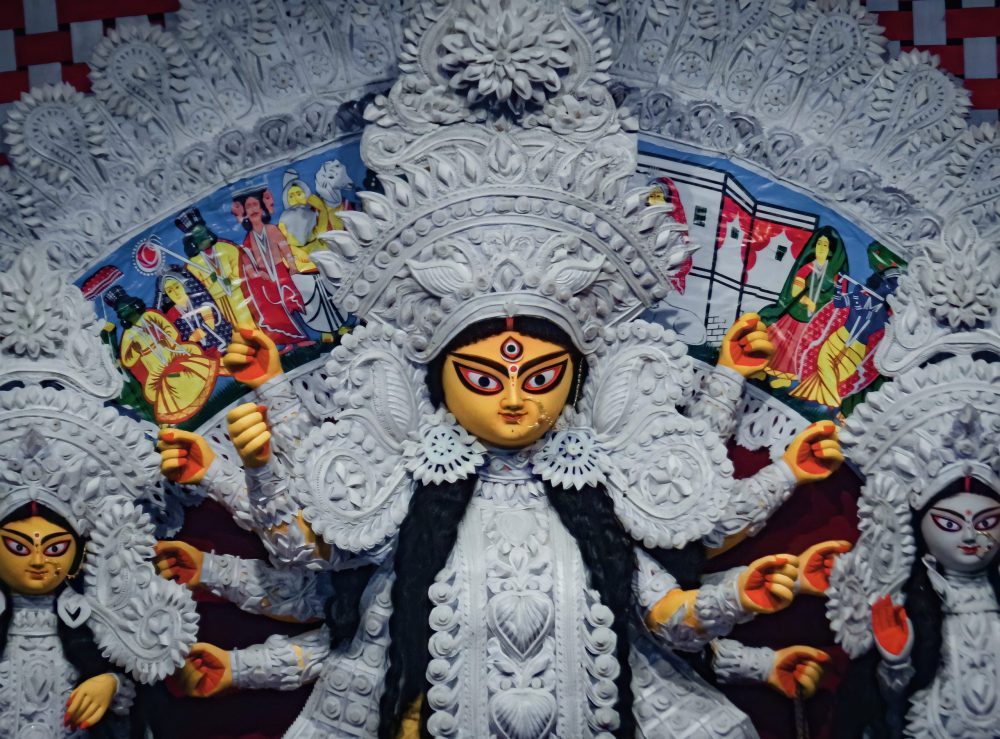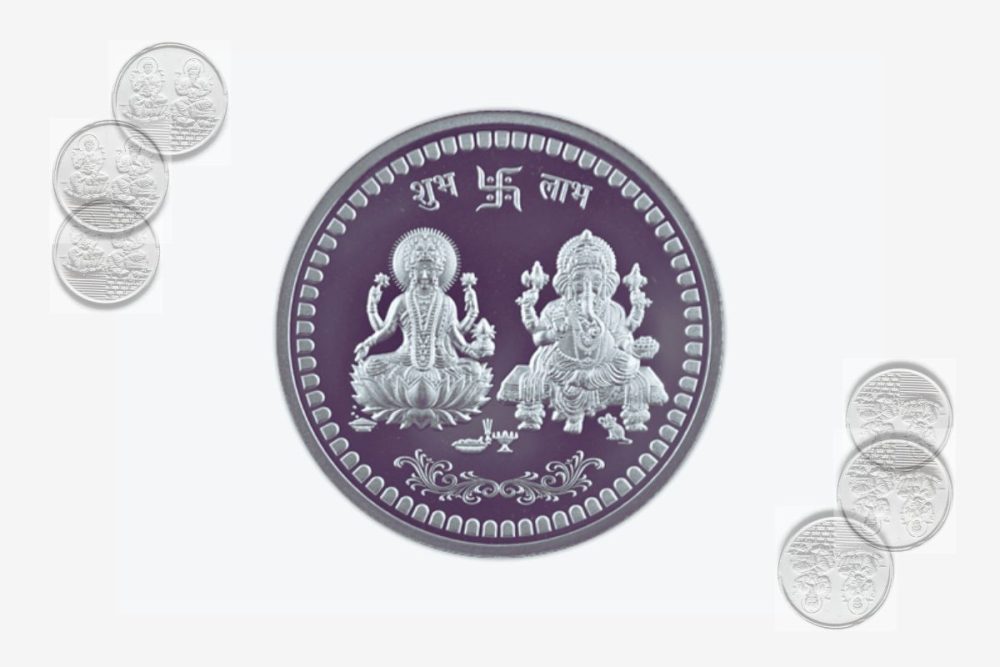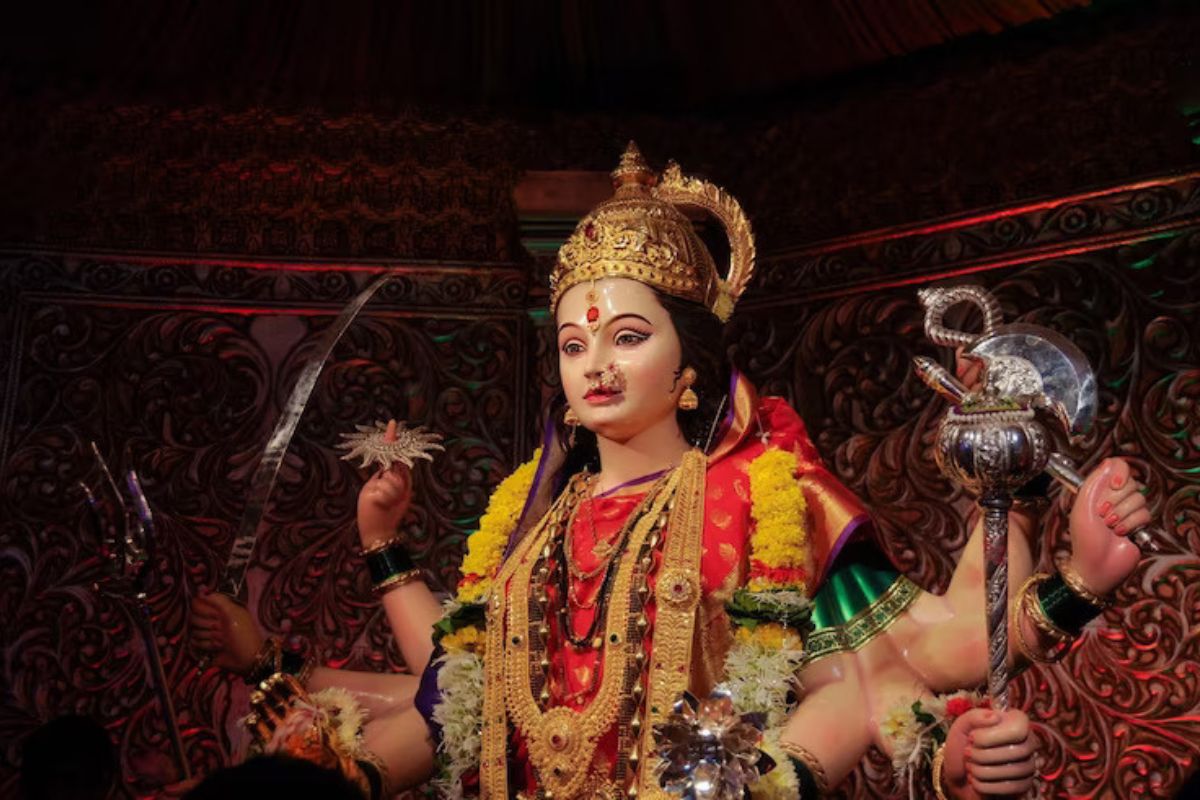
India is a land of diversity, and its rich cultural heritage is a testament to the myriad of festivals celebrated throughout the year. Navratri, one of India’s most prominent and beloved festivals, holds a special place in the hearts of millions. The word “Navratri” is a combination of two Sanskrit words, “Nav” meaning nine, and “Ratri” meaning nights, and this festival indeed lasts for nine nights and ten days. Navratri is not just a religious festival but also a cultural celebration that transcends regional boundaries. In this blog, we will delve into the significance and importance of Navratri in India, exploring its spiritual, cultural, and social dimensions.

The Spiritual Essence of Navratri
1. Worship of Goddess Durga:
Navratri is celebrated to honour the divine feminine energy in the form of Goddess Durga. It is believed that during these nine nights, the Goddess descends to Earth to bless her devotees and rid the world of evil. Each day of Navratri is dedicated to a different form of the Goddess, including Shailaputri, Brahmacharini, Chandraghanta, Kushmanda, Skandamata, Katyayani, Kalaratri, Mahagauri, and Siddhidatri. Devotees perform elaborate rituals, offer prayers, and engage in pious activities during these days.
2. Victory of Good over Evil:
Navratri symbolizes the triumph of good over evil, as it commemorates the victory of Goddess Durga over the demon Mahishasura. This mythological story serves as a reminder that righteousness and truth will always prevail, no matter how formidable the adversary may be.
3. Fasting and Self-Purification:
Many people observe fasts during Navratri, abstaining from certain foods and maintaining a strict vegetarian diet. It is seen as an opportunity to cleanse the body and mind, making it a time for self-purification and reflection.
Importance of Navratri and the Worship of Navadurga
Navratri, a nine-day festival celebrated with fervour and devotion across India, holds profound spiritual significance. During these nine nights, people worship the nine different forms of the Divine Mother, collectively known as Navadurga. Each day of Navratri is dedicated to a unique manifestation of the goddess, and these forms are revered for their specific attributes and symbolism.
Day One: Shailaputri
The first day of Navratri is dedicated to the worship of Devi Shailaputri, who embodies the princess of Himalaya Raja, Devi Parvati. The name “Shaila” signifies something exceptional or ascending to great heights. Devi Shailaputri represents divine awareness, symbolizing the flow of consciousness from the highest peaks. Worshipping her on the first day of Navratri is a way of seeking higher levels of consciousness for ourselves.
Day Two: Brahmacharini
On the second day, Devi Brahmacharini is venerated. This form of Devi Parvati emerged after she undertook rigorous penance to attain Lord Shiva. The words “achar” and “Brahma” both relate to behaviour and are associated with divine knowledge. Brahmacharya, a practice rooted in divine wisdom, is especially significant on this day, encouraging us to reflect on our inner divinity.
Day Three: Chandraghanta
The third day is devoted to Devi Chandraghanta. After her marriage to Lord Shiva, Devi Parvati assumed this unique form. “Chandra” refers to the moon, symbolizing intellect, while “ghanta” signifies a bell that emits a consistent sound. This day reminds us to focus our minds solely on the Divine, silencing the constant chatter of our thoughts and allowing our subtle life force energy, or prana, to harmonize and bring inner calm.
Day Four: Kushmanda
On the fourth day, we worship Devi Kushmanda, who is associated with the creation of the universe. The name Kushmanda is derived from “ku” (small), “ushma” (energy), and “anda” (egg), symbolizing the cosmic egg (Hiranyagarbha) from which the entire cosmos emerged. This form of Devi represents prana, which can both absorb and radiate energy, much like a pumpkin. Devi Kushmanda bestows her divine energy upon us on this day.
Day Five: Skandamata
The fifth day of Navratri is dedicated to Devi Skandamata, the mother of Lord Karthikeya. This form of Devi represents maternal love or vatsalya. Worshipping her is believed to bring knowledge, power, wealth, prosperity, and liberation into one’s life.
Day Six: Katyayani
Devi Katyayani is revered on the sixth day, representing the fierce aspect of the Divine Mother. She was born out of the gods’ anger and played a crucial role in defeating the demon Mahishasura. This form embodies righteous anger that maintains cosmic order and destroys evil forces.
Day Seven: Kalaratri
On the seventh day, we honour Devi Kalaratri. This form represents the darker and scarier aspects of Mother Nature, symbolizing the night. The night, while sombre, also offers solace and rest for the soul. It is during the night that we glimpse the infinite in the starry sky. Devi Kalaratri represents the vast, dark energy that houses the entire universe.
Day Eight: Mahagauri
Devi Mahagauri, the eighth form, represents the positive, energizing, and liberating aspects of life. She embodies the forces that drive and free us from life’s complexities. On the eighth day of Navratri, we pay homage to this divine manifestation.
Day Nine: Siddhidatri
The ninth and final day is dedicated to Devi Siddhidatri, representing perfection and the removal of limitations. Devi Siddhidatri helps us transcend the realm of the rational mind, leading us into the boundless world beyond time and space.
In celebrating these nine forms of the Divine Mother during Navratri, devotees seek spiritual growth, divine blessings, and inner transformation. Each day’s worship connects them with a specific aspect of the goddess’s divine power, adding depth and significance to the festival’s observance. The importance of Navratri in India is underscored by its role in bringing together communities and fostering cultural unity during these nine auspicious nights.
Conclusion
Navratri is not just a festival; it is an embodiment of India’s rich cultural and spiritual heritage. It transcends religious boundaries and brings people from diverse backgrounds together to celebrate the divine feminine energy, promote traditional arts and crafts, and foster a sense of community and togetherness. Navratri serves as a reminder of the triumph of good over evil, encourages self-purification, and emphasizes the importance of unity, culture, and compassion in our lives. In a country known for its vibrant and diverse festivals, Navratri holds a special place as a true celebration of life, love, and the enduring spirit of India.



